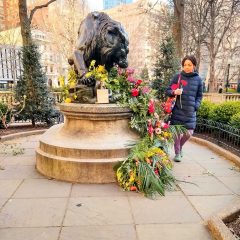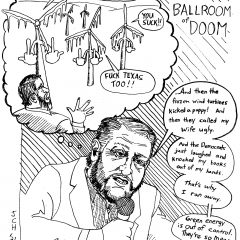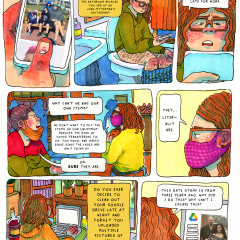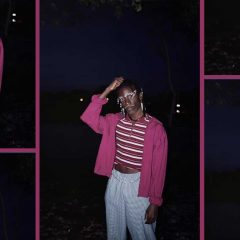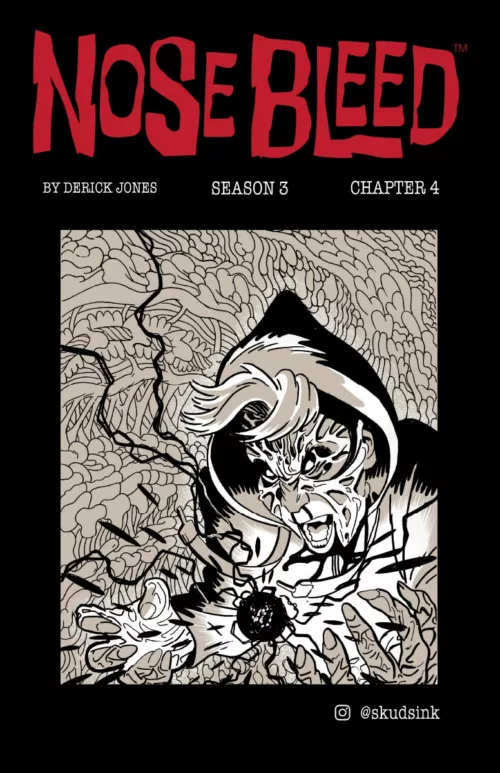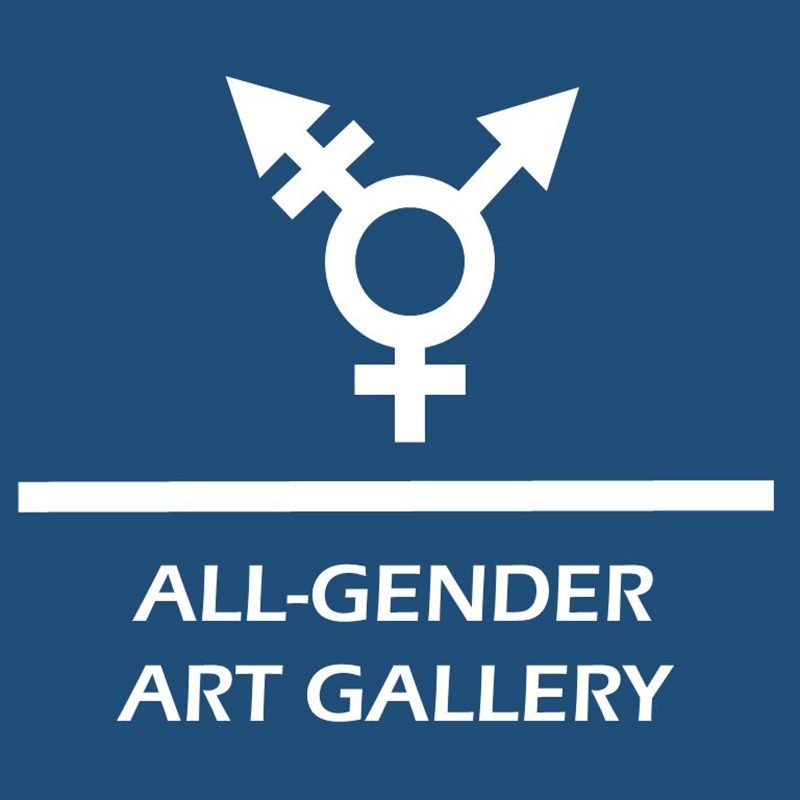
As an artist who survives primarily through the gig economy, I find myself turning down some of the gigs I’m offered because my gender identity doesn’t fit. I’m nonbinary transgender, and even though my artist website says it, my artist bio states it clearly, and my pronouns (they/them) are listed in my email signature, the words I use to describe my gender get conveniently ignored, or blatantly and violently erased by curators, arts organizers, and fellow artists all the time. Through conversations with my nonbinary creative peers, I’m discovering that I’m not the only nonbinary artist walking away from much-needed income because we are expected to silence our truths just long enough for others to consume our work and disregard our humanity.
In the worlds of art and performance, this erasure for the purpose of convenience can become amplified when it’s time for a curator or an organizer to fill walls in an exhibition venue or place performers on a stage in a short amount of time. I don’t identify as a woman or a man, yet I’ve been invited to play those roles in shows when no one else was available. It’s rare to see a role specifically for nonbinary people or open to interpretation regardless of the performer’s gender identity, and usually when they are available, they were created by a trans and/or nonbinary person. I’ve also been invited to submit work to several gallery shows that are highlighting the work of cisgender women, without these shows acknowledging transgender women and nonbinary womxn. Aside from these invitations letting me know that my gender identity doesn’t matter to those institutions and organizations, it also lets me know that binary trans women and trans men, who are also part of my community, don’t matter to the art leaders who create these open calls.
We notice when we aren’t invited because of our genders, when we’re tokenized for our genders, and also when we’re lied to about the event or project as a way to delete our genders from the rigidly cisgender, public-facing narrative. This negligence of nonbinary creatives can change, but the steps toward a more inclusive, mainstream art scene have to start somewhere, and they have to start now.
On this July 14th, International Non-binary People’s Day, I want to make sure that nonbinary artists are included in the conversations in the arts. If you aren’t nonbinary, but you’re a member of the global arts community and you’re wondering how to make the art world more accessible and affirming to nonbinary folks, below is a list of suggestions I’ve put together. This list is based on situations I have personally experienced, so it is not a blanket solution to the problems faced by all nonbinary people, but it’s a start.
- Always ask pronouns, honorifics, and adjectives.
Many people are becoming more accustomed to asking for someone’s pronouns when they ask for their names, but some folks still fall short when it comes to using someone’s correct honorific and gender-affirming adjectives. Some of us are fine with Mr., Ms., Mx, lady, dude, or guys (as in “Hey, guys!”), and for some of us these words aren’t okay. Check in with people before assuming their gender and the language they use to describe it. - Tell the truth about your event or project.
If your project isn’t actually inclusive of nonbinary people, be honest. Inviting us to participate, then springing the truth on us later is hurtful. This also damages any professional relationship that may have developed. - Consider venues with gender-inclusive/gender neutral/all-gender restrooms.
If your organization or selected venue doesn’t have inclusive restrooms, don’t be afraid to partner with a venue that does. In some instances, venues have been known to cover the labels of their gendered restrooms to allow folks to use restrooms without the question of gender being raised. All of your participating artists and attendees should be able to relieve themselves without anxiety. - Use more than a plus sign or an asterisk.
Is your open call for male and masculine nonbinary artists? It’s okay to say so in the description! No one wants to be represented by an asterisk and feel like an afterthought. Make nonbinary inclusion more than a footnote. - Explore gender-affirming payment methods.
Common institutional forms of payment ask for a legal name. For some nonbinary folks, the name they use is not their legal name, but it is the name that affirms their identity. Asking for a legal name has been made into an institutional standard, but it can accidentally out someone or cause them undue dysphoria for having to give someone their dead name. Cash is always a great payment option, if you can. Electronic payment apps where the users can select their names can also be an option. If you must send a check with a dead name on it, consider asking what name the recipient would prefer on the outside of the envelope. - Don’t be too proud to apologize.
If you use the wrong pronouns, apologize. If you invite someone to an event that isn’t supportive of their gender identity, take responsibility for your actions, then apologize.
So, where have all the nonbinary artists gone? Nowhere. We’re here, we’ve been here, and we’re not going anywhere, but we need you to respect our identities.


